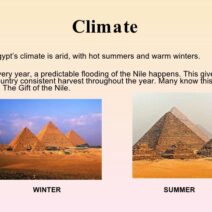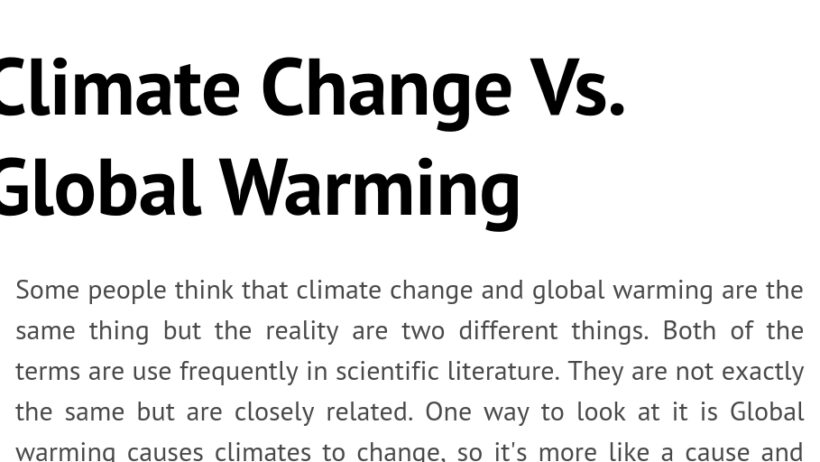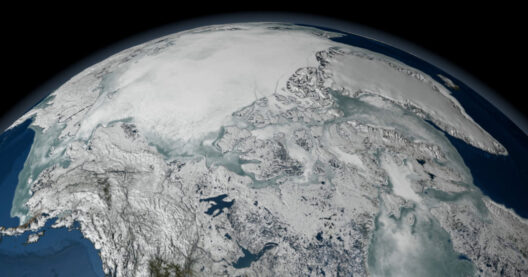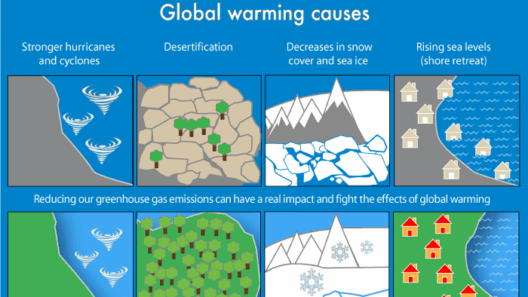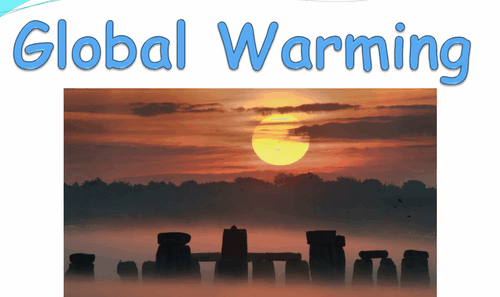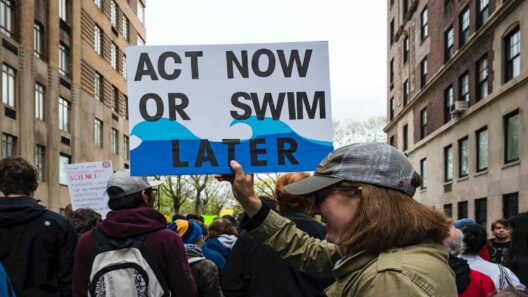The distinction between climate change and global warming is often nebulous for many people, leading to confusion and misconceptions. While both terms are frequently used interchangeably in public discourse, they refer to different phenomena within the broader context of environmental science. Understanding their differences is essential in grasping the implications for our planet’s future.
Unpacking Global Warming: The Heat Is On
Global warming refers specifically to the increase in Earth’s average surface temperature due primarily to human activities, notably the burning of fossil fuels, deforestation, and certain agricultural practices. These activities release greenhouse gases (GHGs) into the atmosphere — carbon dioxide (CO2), methane (CH4), nitrous oxide (N2O), and others — which trap heat from the sun, leading to an overall warming effect.
The concept of global warming is rooted in the greenhouse effect, a natural process that warms the Earth’s surface. The sun emits energy that reaches the Earth, with some of that energy being reflected back into space and the remainder absorbed, thus heating the planet. However, human-induced emissions have significantly intensified this effect since the Industrial Revolution, which has escalated global temperatures, leading to widespread ecological consequences.
Climate Change: Beyond Temperature Fluctuations
While global warming focuses solely on rising temperatures, climate change encompasses a broader array of environmental changes. This term refers to long-term shifts in temperatures and weather patterns, which can involve both warming and cooling trends, as well as variability in precipitation, wind patterns, and seasonal fluctuations.
Climate change can result from a variety of factors:
– **Natural phenomena:** These include volcanic eruptions, solar radiation fluctuations, and oceanic currents, which can contribute to natural climate variability.
– **Anthropogenic influences:** Human activities have altered the composition of the atmosphere, leading to disruptions in historical climate patterns. For instance, the manufacturing processes and gas emissions from vehicles contribute not only to warming but also to changes in rainfall patterns, storm intensity, and shifts in ecosystems.
The effects of climate change manifest vividly in various ways. Ecosystems and species can be affected, resulting in habitat loss and biodiversity decline. Additionally, severe weather events, such as hurricanes and floods, have become increasingly common and intense, disrupting communities and economies alike.
Similarities and Interconnections: The Venn Diagram of Climate Science
Despite their differences, global warming and climate change are inextricably linked. Global warming is one of the driving forces of climate change. As Earth’s atmosphere heats up due to increased greenhouse gas emissions, we witness ripple effects throughout the climate system.
For instance, as temperatures rise, polar ice caps and glaciers melt, contributing to rising sea levels. This, in turn, impacts coastal regions and island nations, leading to increased flooding risks and the potential displacement of populations. Changes in temperature also affect agriculture, as crops may struggle to adapt to new climate conditions, which could exacerbate food security issues.
Moreover, the biological clock of numerous species is influenced by climatic conditions. Changes in temperature and weather patterns can trigger shifts in migration behaviors and breeding cycles, affecting entire ecosystems and food webs.
Policy Implications: Addressing Both Global Warming and Climate Change
Understanding the differences between global warming and climate change is not just a theoretical exercise; it has real policy implications. Policymakers must consider both aspects when devising environmental policies and international agreements. The Paris Agreement, for instance, aims to unite countries worldwide to limit global warming to well below 2 degrees Celsius, while also promoting resilience strategies to adapt to existing climate changes.
Mitigation and adaptation strategies must be integral components of any environmental agenda. Mitigation focuses on reducing or preventing the emission of greenhouse gases, including transitioning to renewable energy sources, enhancing energy efficiency, and protecting carbon sinks like forests. Adaptation, on the other hand, involves making adjustments in practices, processes, and structures to minimize damage and cope with the effects of climate change that are already unavoidable.
Education and public awareness serve as critical components in these efforts. By informing individuals about the nuances of climate science and the interconnectedness between global warming and climate change, society can foster greater engagement in sustainability practices, thus driving momentum for a collective response.
Conclusion: A Synchronized Response for a Sustainable Future
In summary, while climate change and global warming are distinct concepts, they are interconnected phenomena that pose significant threats to environmental stability and human well-being. The distinction is essential not only for scientific understanding but also for creating effective policies that can successfully address these challenges.
A unified approach to tackling both global warming through emissions reduction and climate adaptation strategies will be crucial for a sustainable future. As individuals, communities, and nations, the responsibility falls on us to recognize the implications of our actions on these interrelated issues and create a proactive movement toward environmental stewardship and resilience.


